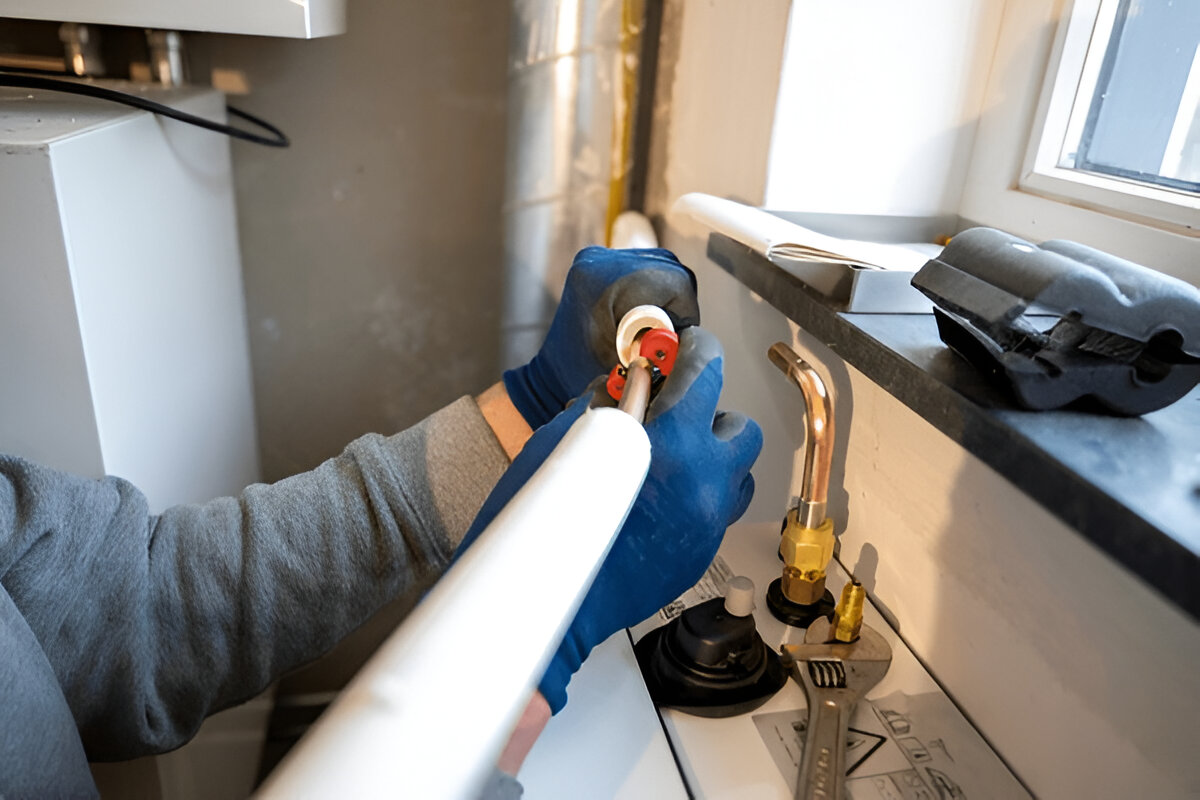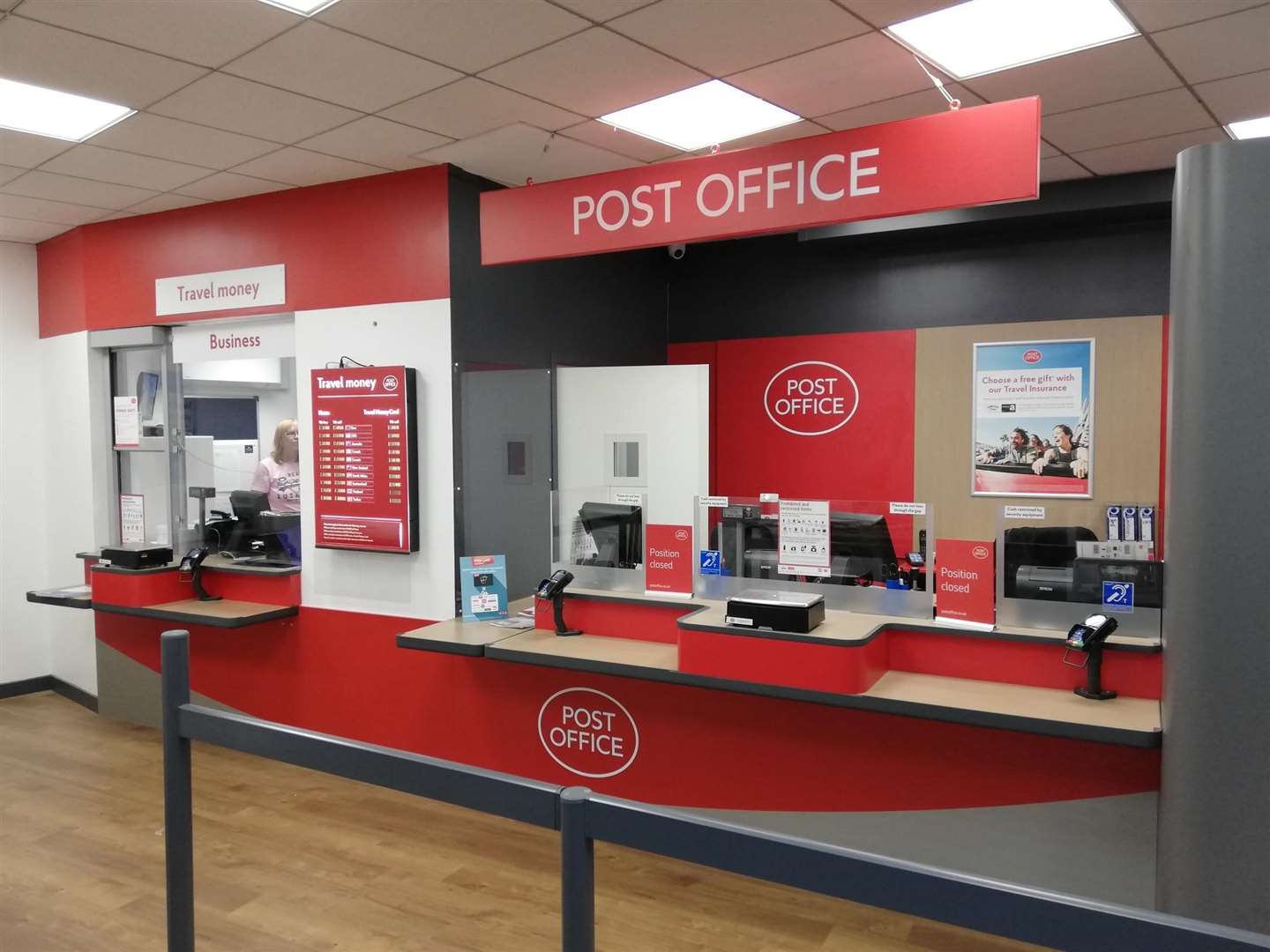There’s nothing quite like stepping into the shower, expecting soothing warmth, only to be hit with a blast of cold water. When your hot water suddenly stops working, it can feel like an emergency — and in some cases, it might be. However, before you panic or rush to call a plumber, there are a few steps you can take to troubleshoot the problem and potentially restore your hot water quickly.
Understanding the most common causes of hot water loss can help you decide whether a simple fix will do or if you need the expertise of a professional plumber. Let’s walk through what to do first when you’re suddenly without hot water.
Step 1: Check Other Faucets and Appliances
The first thing you should do is determine whether the hot water outage is isolated to one faucet or affecting your entire home. Try turning on hot water in several sinks, showers, and appliances.
- If hot water is out everywhere, the issue is likely with your water heater or main supply line.
- If only one fixture lacks hot water, there may be a localized problem like a clogged pipe or faulty mixing valve — a plumber can fix this quickly.
This step helps narrow down the potential cause and determines whether the problem is major or minor.
Step 2: Determine Your Water Heater Type
Before you can troubleshoot further, you need to know whether you have a gas, electric, or tankless water heater. Each type has different components and common failure points. If you’re unsure, look for labels on the unit or check your utility connections.
- Gas water heaters use a pilot light and gas burner.
- Electric water heaters have heating elements and require power from your electrical panel.
- Tankless water heaters are on-demand systems that heat water as needed.
Knowing your water heater type will help you figure out the next step — or better explain the problem when calling a plumber.
Step 3: Check the Power or Gas Supply
Once you’ve identified your system, check whether it’s receiving power or gas:
- For electric water heaters: Go to your electrical panel and see if the breaker has tripped. Reset it if necessary.
- For gas water heaters: Look for the pilot light. If it’s out, follow the manufacturer’s instructions to relight it. If you smell gas, do not attempt to relight anything — leave the area and call a plumber or your gas company immediately.
If your unit still doesn’t respond after restoring power or relighting the pilot, you’ll need a plumber to investigate further.
Step 4: Inspect the Thermostat and Settings
Many people forget that water heaters have thermostats. If it’s accidentally been turned down or reset, your water may not be reaching the desired temperature. Most thermostats should be set between 120°F and 140°F.
If your water heater has a digital control panel, look for any error codes or flashing lights. These can indicate internal issues that a plumber can diagnose using specialized tools.
Step 5: Check for Leaks or Signs of Damage
Take a moment to visually inspect your water heater. Look for:
- Pools of water around the base
- Corrosion or rust on the tank
- Strange noises like popping or hissing
These could signal a failing unit or internal damage. If you see any of these warning signs, turn off the water supply to the unit and call a plumber immediately. Continuing to run a damaged system can cause further issues, including flooding or even fire hazards.
Step 6: Call a Plumber If You Can’t Restore Hot Water
If none of the above steps fix the issue — or if you’re uncomfortable performing them — it’s time to call a professional plumber. A licensed plumber can:
- Diagnose and repair broken heating elements or gas valves
- Flush your tank to remove sediment buildup
- Replace faulty thermostats or sensors
- Repair or replace a failing water heater
Trying to troubleshoot a water heater without the right experience or tools can lead to costly mistakes or safety hazards. A plumber can ensure the job is done safely, efficiently, and up to code.
Preventing Future Hot Water Issues
A great way to avoid being caught off guard is by scheduling annual maintenance with a plumber. Routine inspections can catch problems early, extend the life of your water heater, and ensure your system continues running smoothly.
A plumber can flush your tank, check valves, and test temperature controls — all preventive steps that help avoid surprise cold showers in the future.
Conclusion
When your hot water suddenly stops working, don’t panic. Start by checking your fixtures, power or gas supply, and thermostat settings. If the issue isn’t easily resolved, it’s time to call a plumber.
Hot water is essential for daily comfort and hygiene, and getting your system back in working order shouldn’t be left to chance. A reliable plumber will quickly diagnose the problem, fix it properly, and help prevent it from happening again.


